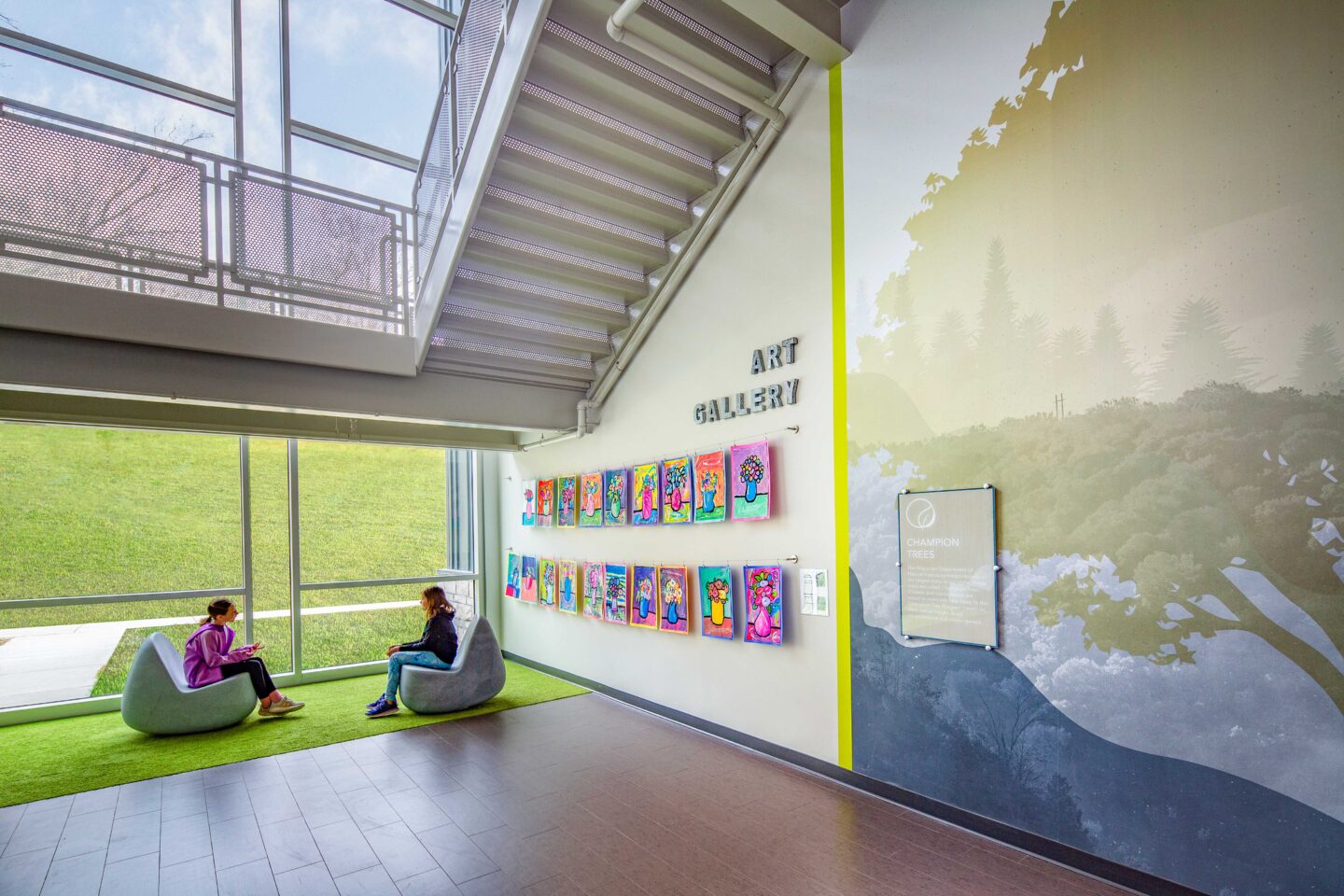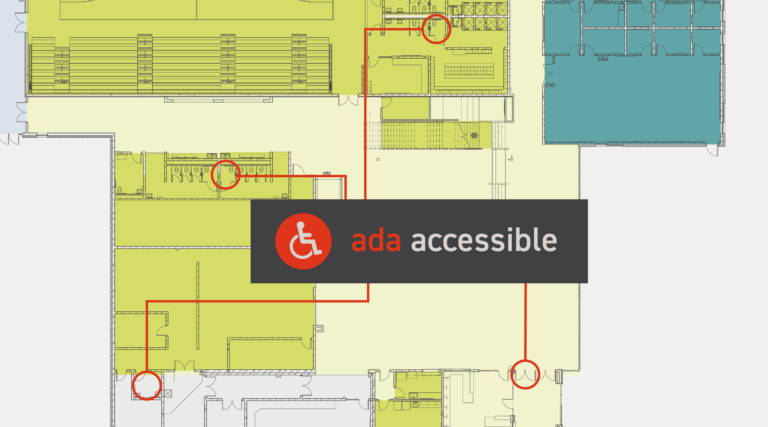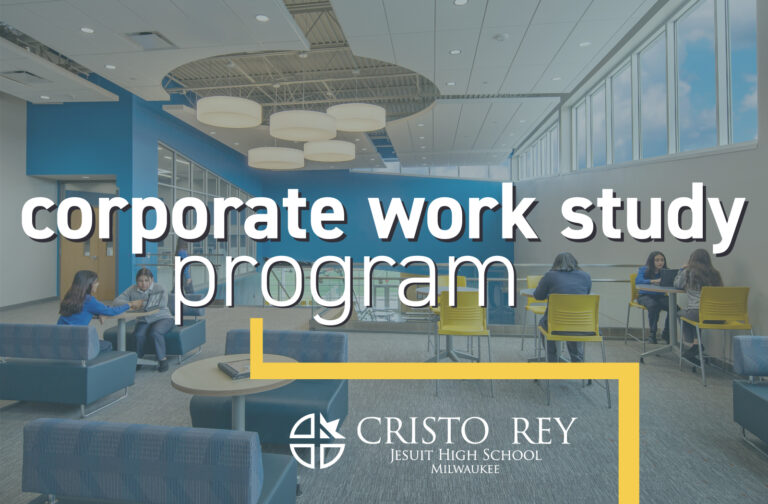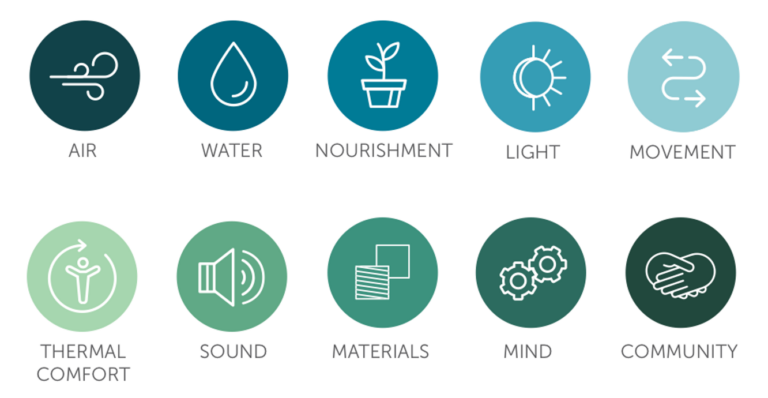Technology advances can get more buildings to net zero, and partnerships are key to their success
Recent advances in green technology are fueling a drive for more buildings to get to net zero – a standard that means it’s producing enough energy to meet its own annual energy needs.
It’s a concept that’s getting more attention, especially within the A/E/C (architecture, engineering, and construction) industry.
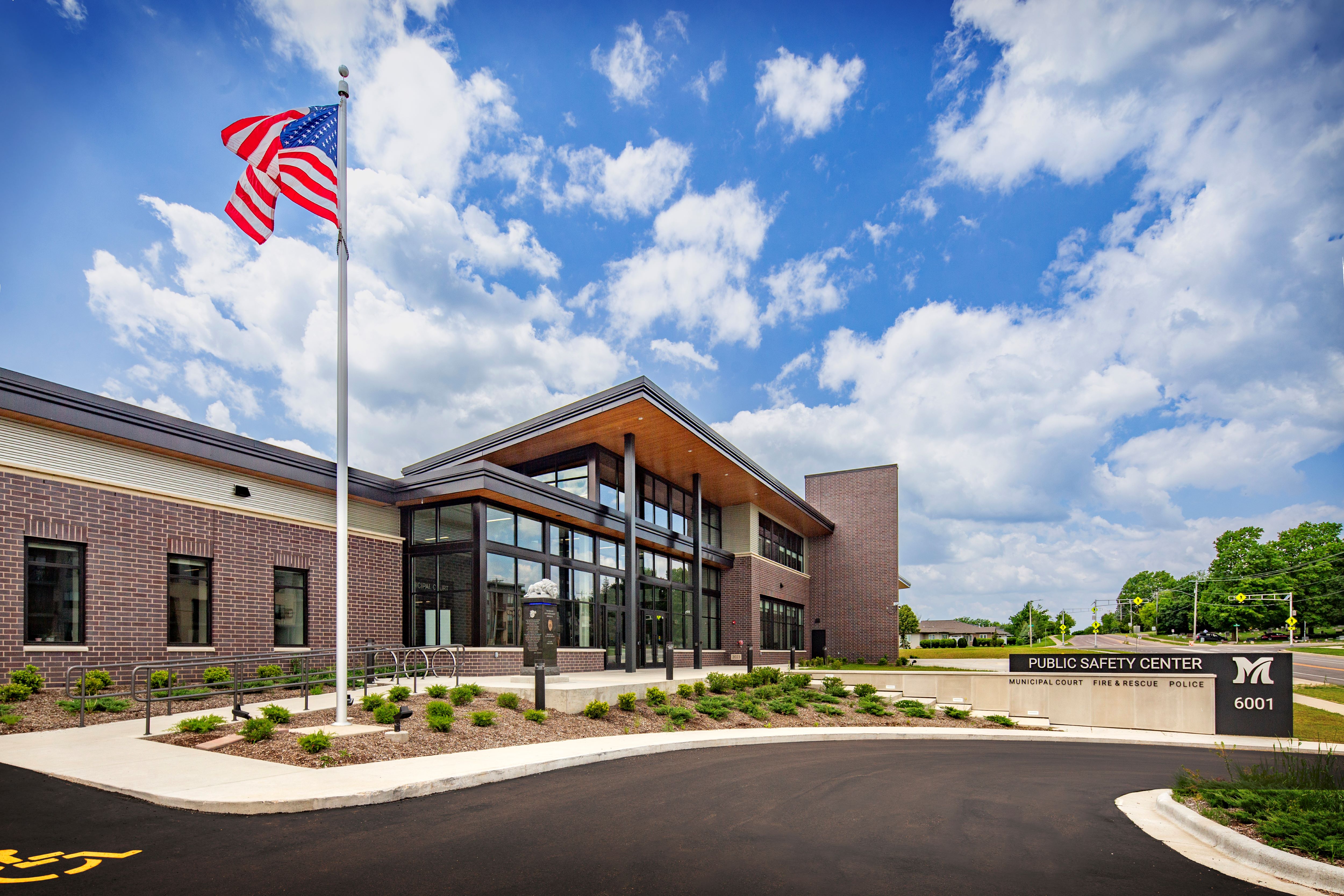
Advances in sustainable technology
This article from Building Design + Construction offers a variety of insights on how improvements in building systems and materials are giving design teams more options in getting a building to net zero. Our own Mark Taylor notes that solar and geothermal advances have opened up possibilities in green design:
“Significant advances in solar technology have arrived, allowing much higher performance with fewer panels,” says Mark Taylor, Assoc. AIA, AICP, Senior Project Specialist with Bray Architects and project leader on Village of McFarland (Wis.) Public Safety Building, tracking to be among the Midwest’s first net-zero public safety buildings upon completion later this year. The firm also designed Forest Edge Elementary School, the first net-zero school in Wisconsin. “Geothermal systems combined with improving heat pump systems have drastically improved the potential of use on a wide range of building typologies,” says Taylor.
New possibilities for sustainable buildings
A great example of the possibilities that these tech advancements have opened is Forest Edge, the largest net zero education building in the U.S. when it was verified in September 2021.
To get the 126,000 square foot building to net zero, Bray designers used a wide variety of techniques, from a huge solar rooftop panel array, to geothermal systems, to windows that self-shade in bright sunlight. We even used site strategies to maximize light to the solar panels.
The innovative design has earned accolades for the project, including a prestigious Honor Award from AIA Wisconsin.
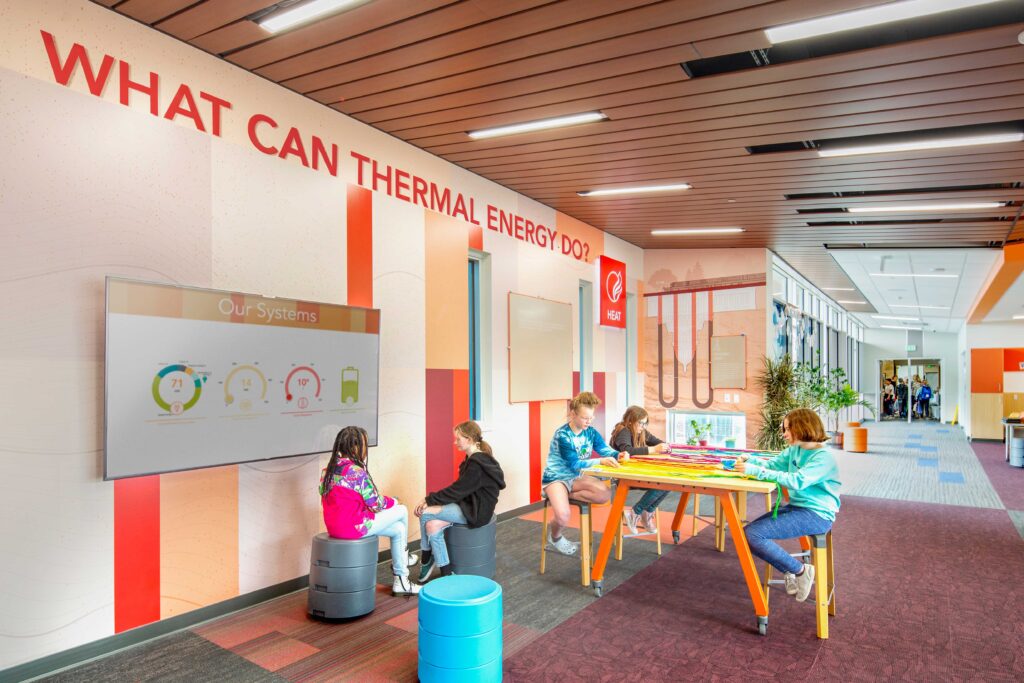
Partnering for net zero building design
Even with technological advances, net zero projects like Forest Edge and the McFarland Public Safety Center wouldn’t be possible without partners who prioritize sustainability.
For Forest Edge, community and school leaders began thinking about the impact they could have on sustainability within their community more than a decade before Forest Edge was net zero verified.
As a longtime partner with the school district already, we were able to pair our design expertise with their priorities to create something truly innovative.
“Bray accepted the challenge right from the get-go,” said Andy Weiland, business manager for the Oregon School District. “They brought a very excited group of people to the table that knew what our priorities were, bought into those priorities, and helped us design the building.”
From Bray’s perspective, this partnership was vital to the project’s success – not just as a net zero building, but also as a part of the community.
“It really took a village to make this project what it is, and I think you can see that when you are within the community,” said Maria Welch, one of our designers on Forest Edge. “People are able to take pride in this project because they took part in this project.”
Want to talk about using sustainable design for your community’s project? Contact Bray, and we’ll be happy to answer your questions or hop on a phone call to talk.
